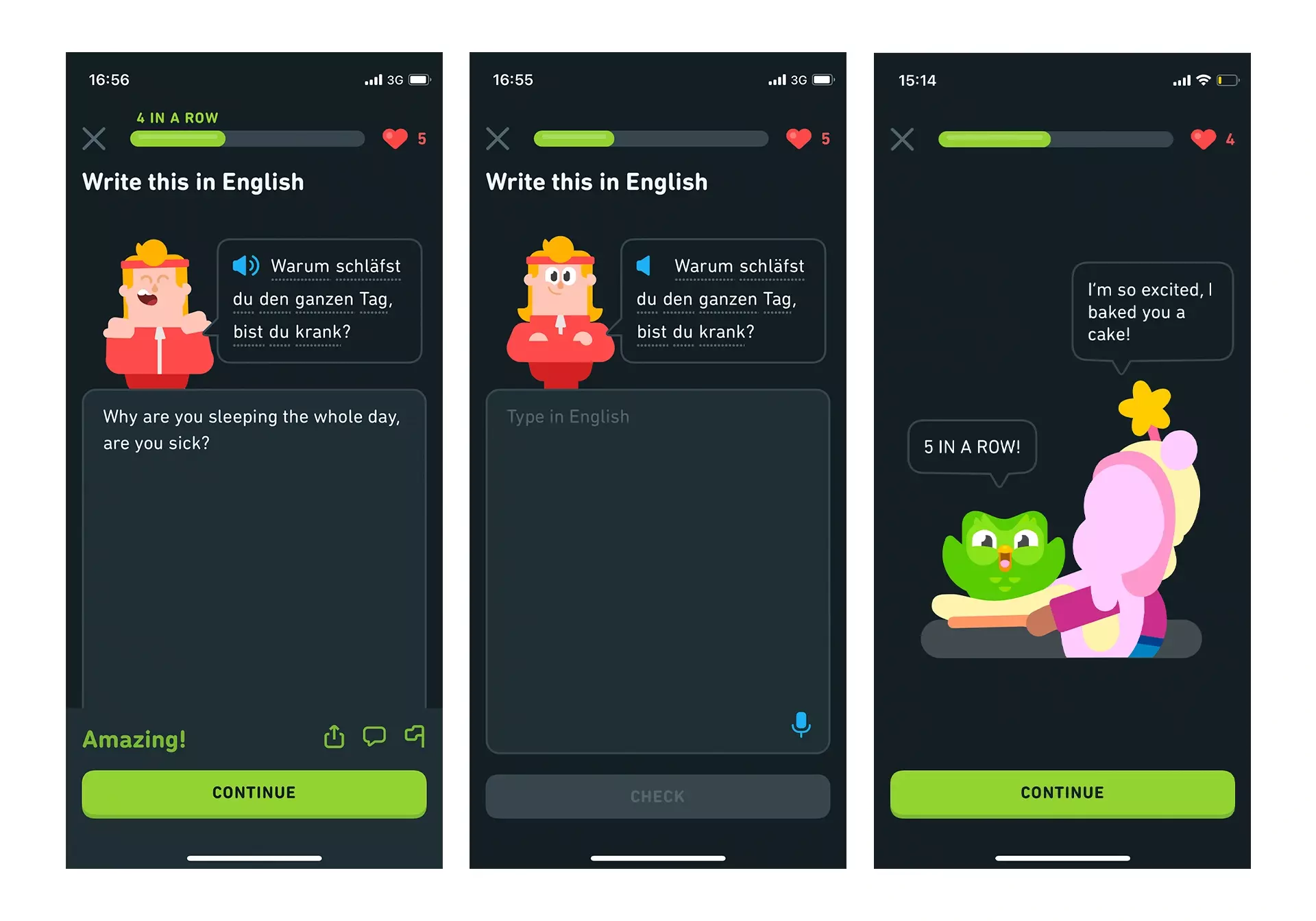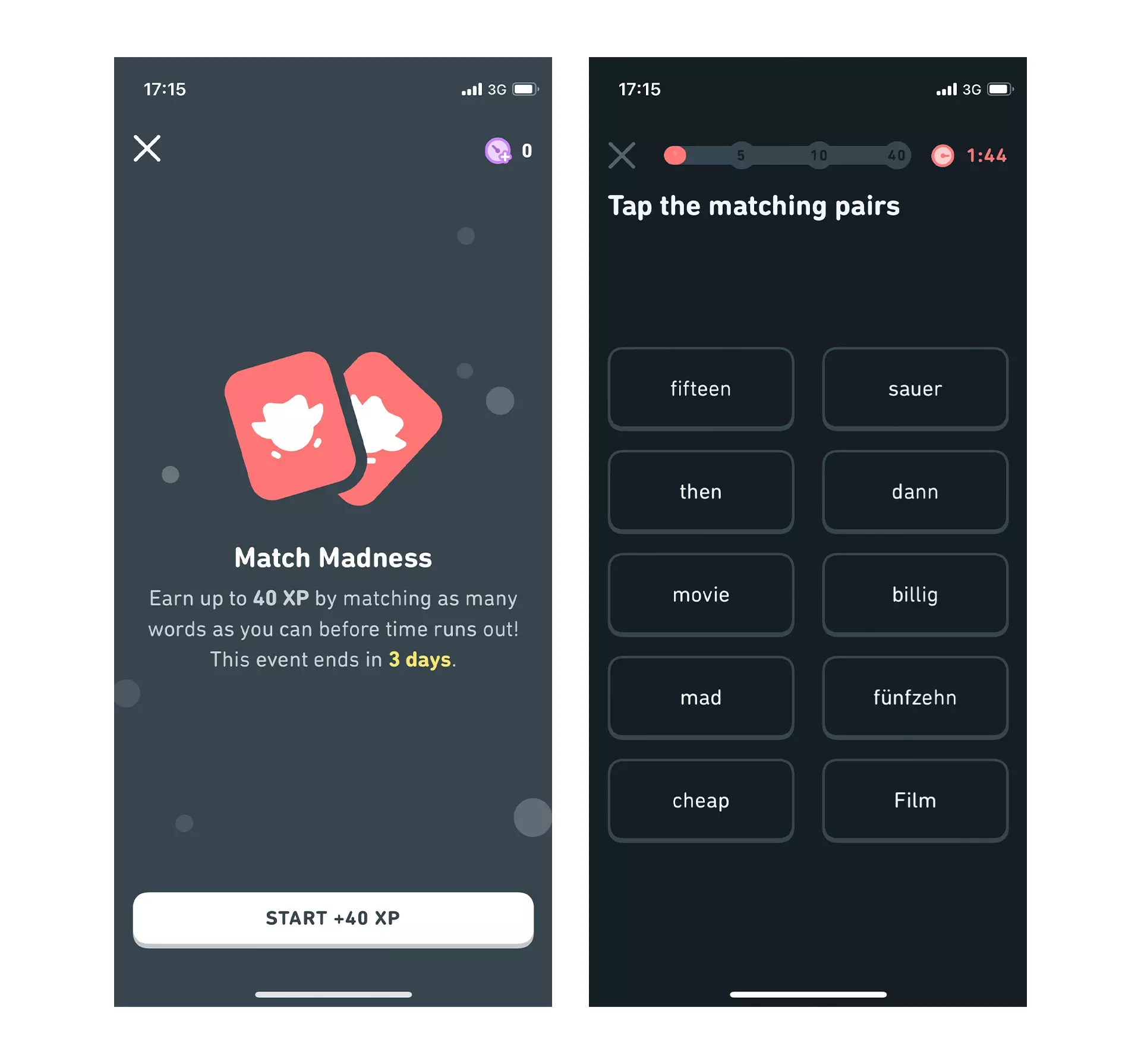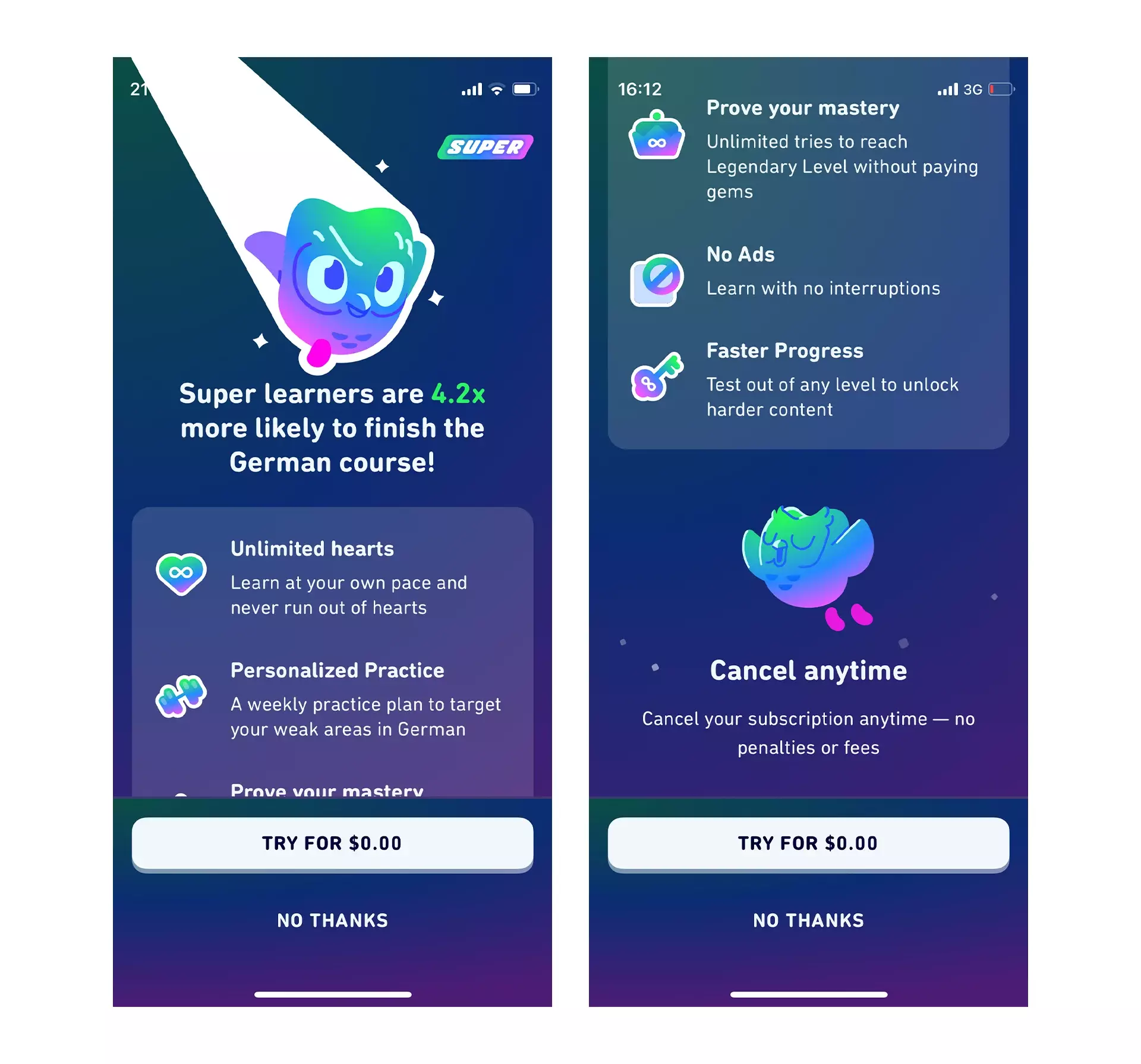Emotions are an essential part of our human experience, since the beginning of time when we had to rely on our most “primal” instinct to identify threats to survive to these modern days, even though we don’t have to be on constant alert for threats, we face different situations in our daily lives that trigger different emotions. Just like the environments we’re at, we experience different emotions when navigating and interacting with digital products, we create bonds and connections with them, from our favourite mug to mobile apps we use every day.
We create products and services to make people’s lives easier and to support their goals, in order to support them we need to help users allocate their attention where it’s most important, depending on the task they are performing; the way we design interfaces can evoke emotions that affect the way we use and behave with the product and this also influences how the product will respond. Take for example one of my all-time favorite apps: Duolingo
I think by now most people know (or at least have heard at least once) about Duolingo. This is a popular language learning app that over the years has helped many (myself included) improve their language skills.
We can see the lesson design is pretty straightforward and there’s really no place to get lost in here, thus making it easier for the user to focus on the lesson and their performance will trigger different responses from the app, they have different variations when you make a mistake, when you respond correctly, 5 and 10 in a row, etc.

We can affect certain behaviors or responses with great design by influencing the cognitive system (which interprets and makes sense of the world) and the affective system (which is our most judgemental side) in positive or negative ways to increase our chances to sell our product and also make it more likely that our user will actually enjoy using it.
We don’t necessarily have to always aim to evoke positive emotions, it really depends on what you’re trying to achieve; for example in the gaming industry some games often use elements of suspense to induce anxious feelings (negative affect) and keep gamers alert which helps the user focus on the game even more and we can even see that principle on the challenges Duolingo has, where you have a certain amount of time to complete lessons and games to climb up the leaderboard, these are quite difficult to complete and you only have 3 days per challenge and that scarcity feeling just hooks you up even more.

Emotions take an important role in decision making, unlike the common misconception that we need to take them out of the equation to accurately decide; even when we think we’re being purely rational, emotions are influencing the result in our subconscious, like Don Norman explains:
Without emotions, your decision-making ability would be impaired. Emotion is always passing judgments, presenting you with immediate information about the world: here is potential danger, there is potential comfort; this is nice, that bad. One of the ways by which emotions work is through neurochemicals that bathe particular brain centers and modify perception, decision making, and behavior. These neurochemicals change the parameters of thought.
—Don Norman (2005) in “Emotional Design: Why we love (or hate) everyday things
Our rational mind will always be looking for facts and information to make the right decision and our emotional side will always be considering wether it feels good or not. One of the most difficult tasks I believe is to convert users to the premium plans. Duolingo achieves this with brilliant copywriting and graphics, from how they communicate to you when you haven’t done a lesson (where they send you an email saying that you made Duo sad 😢) to how they present their premium plan. In this case they renamed it “Duolingo Super” and if you acquire it you become a “Super learner” (appeals to the emotional side), we can see on the screenshot that they provide the benefits of it and the fact that super learners are 4.2x more likely to finish the course which targets the rational mind. In addition they also implemented the strategy of giving you a 3 day super trial (without you even asking) which takes off the mental load of thinking if it’s worth it or not since you’ll be tying it anyways and soothes the rational and emotional side, this boosts engagement and users are more likely to convert after experiencing the benefits.

Let’s always remember emotions are a key part to the human experience and we must take them into account when designing and building products to make them actually valuable and enjoyable to our users and help them achieve their goals ⚡️.
Brb, gotta finish my lesson so I don’t make Duo sad.


